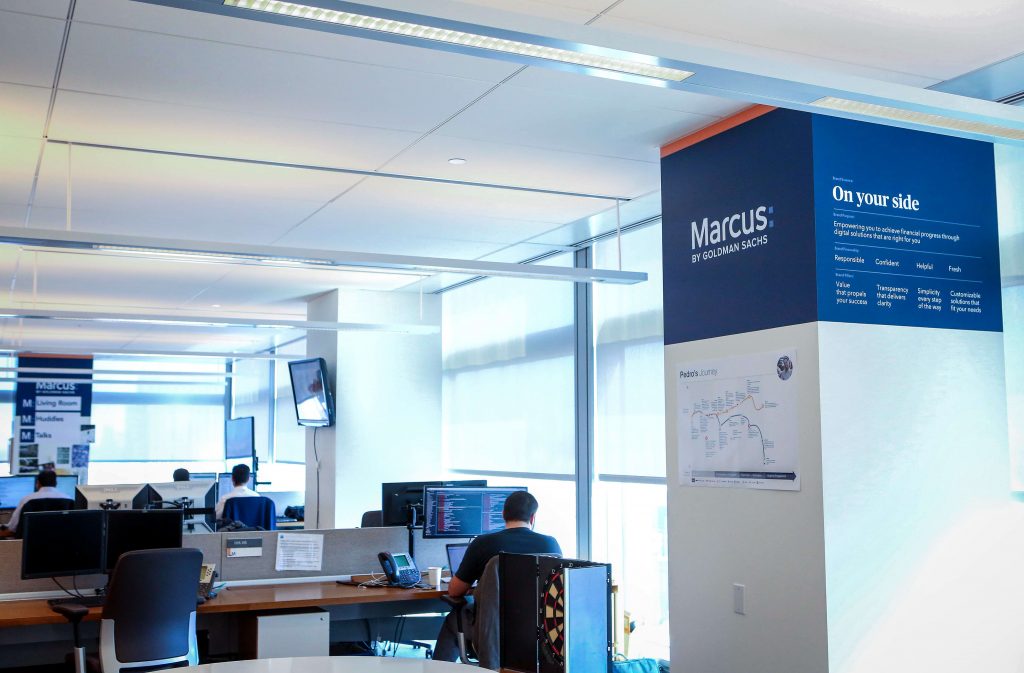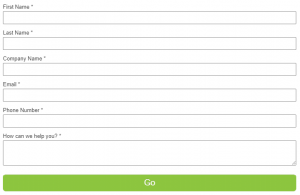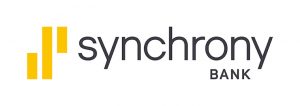Goldman Sachs is an investment bank that was founded in 1869, and Marcus is its online offshoot that launched in the U.S. in 2016. These days, the bank’s headquarters are in New York City. Marcus is known to offer high-yield savings and certificate of deposit (CD) accounts that are accessible even with a low deposit, and its No-Penalty CD is a unique option compared to the competitors.
Anyone looking for no-fee savings accounts might want to look into Marcus. Its rates are high compared to the competition. The downside, though, is that it’s an outgrowth of a traditional bank, which means that in some cases Marcus’ technology isn’t as advanced as other banks.
What we like about Marcus Bank
Marcus Bank offers an easy-to-access savings account with a high rate but no minimum deposit. The rates on the CD accounts are also very high. If you’re looking for a quick way to store your money and continue earning a good amount of interest, Marcus Bank might be a good option.
We also like the No-Penalty CD, which could be useful for people who aren’t sure if they can store their money for a full 12-month term.
Marcus Bank critiques
Marcus Bank doesn’t offer a checking account or ATM access, so there’s no quick way to access your cash. To transfer money in, you’ll need to move it from an external account, so there could be delays. However, you can wire in money, which doesn’t cost a fee from Marcus, but it may come with charges from the other bank. Wires are usually available the next day.
The biggest complaint among reviewers is the lack of a mobile presence. Without an app or access to ATMs, it’s nearly impossible to deposit a paper check into your savings account. To deposit a paper check, you have to mail it directly to the bank, and the bank will file it for you. This extra step seems like a slight oversight for a bank that is online only.
Marcus Bank checking accounts
Marcus Bank doesn’t offer checking accounts, so customers don’t have access to a debit card or checks. If you only need a savings account or a CD, Marcus could work for you. Otherwise, the lack of an ATM card could be a burden to customers who don’t want their accounts scattered across many different banks. A good alternative is HSBC, which offers three separate checking accounts, all of which offer free overdraft protection.
Marcus Bank savings accounts
The high-yield savings account at Marcus Bank has a rate of 1.90%, which is nearly four times the national average. There are no related account fees and no minimum deposit to contend with, either. To deposit money into the account, you have three options: link to an external account and transfer money, mail in a check or wire the cash.
The customer service center for Marcus Bank is open seven days a week, so even though there are no physical branch locations, help should be easily accessible by phone. All Marcus accounts are FDIC-insured.

Marcus Bank money market accounts
Marcus Bank doesn’t offer a money market account (MMA). If you’re in the market for an MMA, try CIT Bank or UFB Direct. If you have a large amount of money to deposit, UFB Direct offers rates of 2.00% APY for balances over $25,000, although you only need $5,000 to open an account. CIT Bank only requires a $100 deposit and offers high rates of 1.85% APY.
Marcus Bank CDs
Marcus Bank provides customers with two certificates of deposit (CD) account options. The High-Yield CD has a rate of 2.10% APY for a 12-month term. There are nine different term lengths varying from six months to six years. The most extended 6-year term has the highest rate of 2.35% APY.
You need at least $500 to open a CD with Marcus Bank, and the account comes with a 10-day rate guarantee. That means if you open an account and the rate increases within 10 days, you will qualify for the higher rate.
Marcus Bank also offers a No-Penalty CD. You earn a competitive rate of 1.85%, but you don’t get charged a fee if you withdraw your money after it has been in your account for at least seven days. You can also keep all the interest earned, even if you withdraw before the term is over. You can choose between a 7-month, 11-month, and 13-month term plan, although the longer the term, the lower the rate gets.




